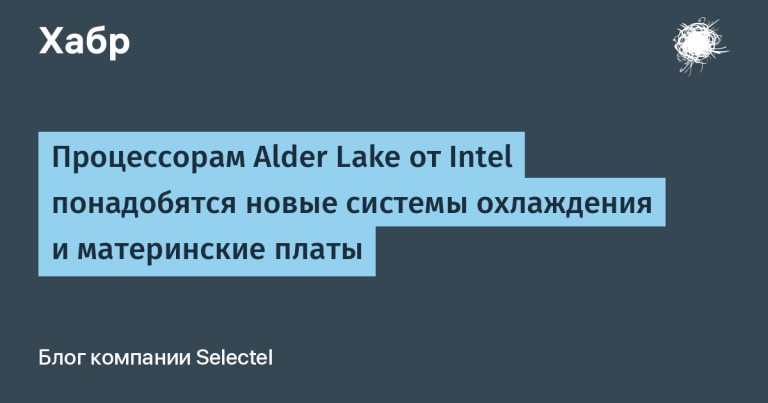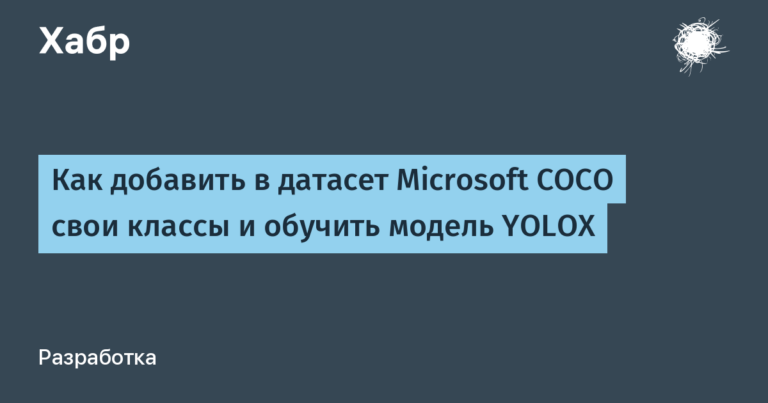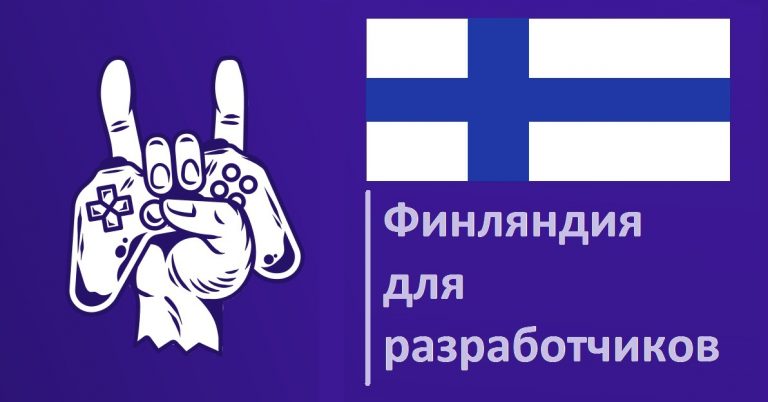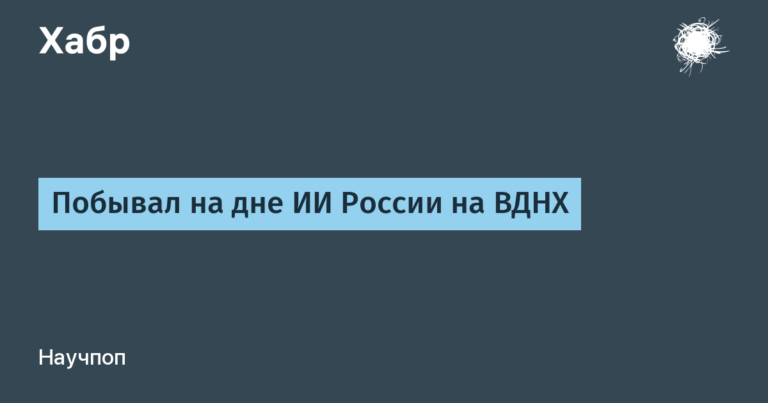The path of one team from “bicycles” to an IoT platform
We at Rightech have finally decided to start blogging. We have accumulated a lot of experience in building high-load IoT systems, and we decided that we simply had to share it! Recently, the public version of our RIC (Rightech IoT Cloud) platform was launched, and now everyone can use it. But first, let’s tell you who we are and where we came from.
How it all began
Back in 2011, we were rather a team of freelancers from the city of Oryol and started by programming a number of hardware developments related to the implementation of automated measurement and control systems. We connected sensors and actuators to microcontrollers, implemented exchange protocols, primary data processing and automation.
Over time, the team began to notice the similarities between all projects. We wrote in different programming languages, worked with different equipment, but built an identical solution architecture… At some point we came to the conclusion that you can create a universal framework, which will allow you to go directly to the development of the system interface.
Our customers sincerely did not understand why they cannot watch / test the intermediate result. Why does it look like running lines in the console, and to control the actuator, you need not press the touchscreen, but send a Modbus command. We started programming interfaces at a time when the API was already ready and the automation was worked out.
At that time, our workflow consisted of the following sequence:
- physically connect system components to one network;
- implement data exchange protocols;
- to implement data processing (filtering, application of transformation functions, indirect measurements, etc.);
- transform data into high-level structures;
- describe the state machines of the system;
- implement an API for outputting data to the interface and launching machines;
- implement the system interface (touchscreen / native application / integration into the customer’s internal systems).
And, as you know, from project to project until the last stage, the customer hardly understood what we were doing, and this was always a ground for mistrust and conflicts. Of course, when we handed over the work, the customer was happy and satisfied, but the spent nerves and the feeling that we were essentially “sawing” by 90% another “bike” on a new stack remained.

As a result, we decided to create a universal framework. The interests of our customers also influenced our decision. Managers and business owners, as a rule, are interested in creating end user cases and often do not delve into the mechanism of the system. To successfully complete the tasks set by them, we needed to focus more on the development of user scripts and interfaces, since they are the ones that carry the main commercial value of the solution being created. At the same time, 90% of development costs are concentrated in internal project systems invisible to the end user.

The original idea of the RIC platform was transformed and changed with the market, finding more and more areas of application. Developed by us in 4 years the framework made it possible to focus on the processes of creating value of the solution, implementing the conceived business logic and promoting the final product to the market… RIC was completely ready in 2016, all that remained was to create a company and find money …
Rightech. History of creation
We had absolutely no experience in raising money. However, in 2016 we managed to attract the first investments from a fund that invested in Delimobil. With this money, we created the Rightech company, which became the home for our project. And the first really large implementation of our technology, as you might have guessed, was the Delimobil car sharing. I’ll make a reservation right away that the applications and the CRM system were not developed by us, but thousands of cars and terabytes of machine-generated data became a worthy test, which RIC confidently passed.
In addition to sharing, by 2019 we managed to automate Digital Out Of Home advertising, build data collection from gas turbine power generators, and much more. The team was engaged not only in market implementations, but also developed RIC as a whole: implemented many transport protocols, optimized server infrastructure and expanded the automation system.
As expected, we felt cramped within the Delimobil framework and we began to develop the platform towards the public cloud. By this time, the investment goals of the fund were achieved, and at the beginning of 2019 we bought out its share. This allowed the project team to focus on the implementation of a truly massive technology.
More about the platform
So what is an IoT platform? What has become our “bicycle” replacement framework – RIC?
Any IoT project consists of the following fundamental components or layers:
- devices – “smart” devices, sensors and actuators, on the basis of which data collection and automation is carried out;
- data networks – they transfer data and commands between the components of the IoT system;
- platform – infrastructure that ensures the interoperability (ability to interact) of the system components, data processing and transferring it to other systems;
- annexes – represents the ultimate goal of an IoT project, at this level end users work and, in fact, the value of the entire system is created on it.

Rightech IoT Cloud (or RIC) is a cloud-based IoT platform that acts as middleware when developing an IoT solution. RIC includes all the necessary software elements that allow engineers of any level to create applications using any IoT devices without the need to create an appropriate software and hardware infrastructure. Yes, any device. We have not published all the implemented protocols in the public version of the RIC. If you have not found the protocol of your device, you can write to us and we will definitely add it to the public version.
Small life hack: sometimes you shouldn’t take all the logic to the platform side. Some important processes can be left on the hardware side in case the Internet goes out. Or scenarios where “real time” is important, for example, two commands must be executed in a strict interval between them. Then the launch of this script can be done through the RIC, and the execution logic can be left on the device.
Unlike existing analogs, the Rightech platform does not require writing code, except for the creation of Applications that are the goal of an IoT project. Integration of the platform with the application layer occurs through a high-level REST API, and is no more complicated than the integration of Google Maps.

Simply put, a platform is an IoT data pipeline. And this pipeline can be customized as desired by each individual user. It solves basic tasks related to ensuring the connection of devices and their interaction with each other, managing devices, processing, storing and analyzing data coming from devices, designing scenarios for automating business logic and their execution, integrating with applications and third-party systems, ensuring security on each the level of interaction of system components and many others.
Public cloud
In the spring we launched registration for our public cloud, and now each user can connect up to 10 devices for free and prototype their future business or automate, for example, a greenhouse or a house. Any IoT project can take everything it needs in the RIC platform and implement its own unique system for processing and presenting the received data practically without programming those 90% of the iceberg.
Our short story has come to an end. We hope you liked us, and in turn promise to share our experience and relevant information in the IoT field.
By the way, we are in Telegram with a chat of like-minded people.
Just do IoT!
Useful links:
Training videos using mini-cases as an example
Create your IoT project now
Join like-minded people





